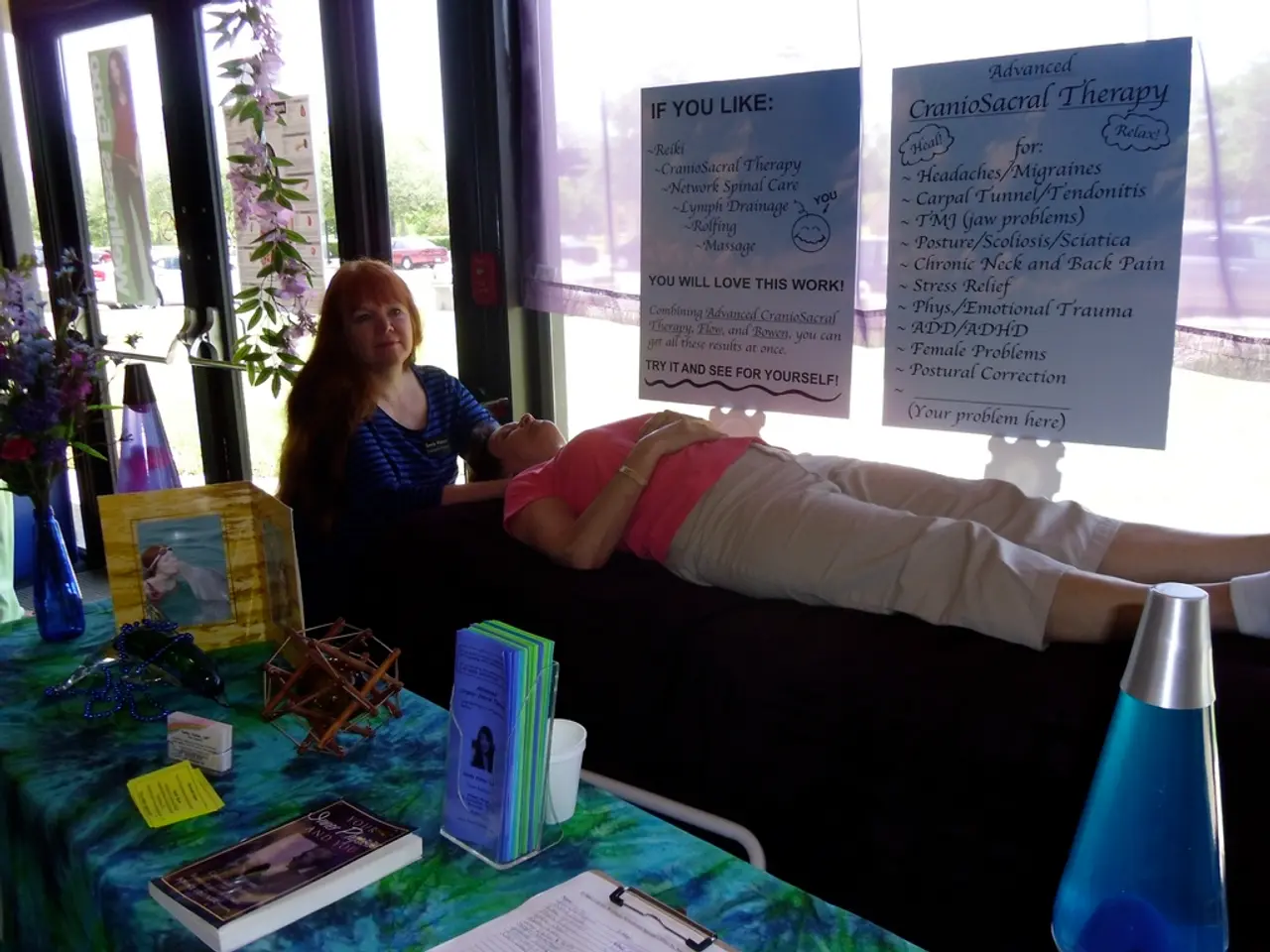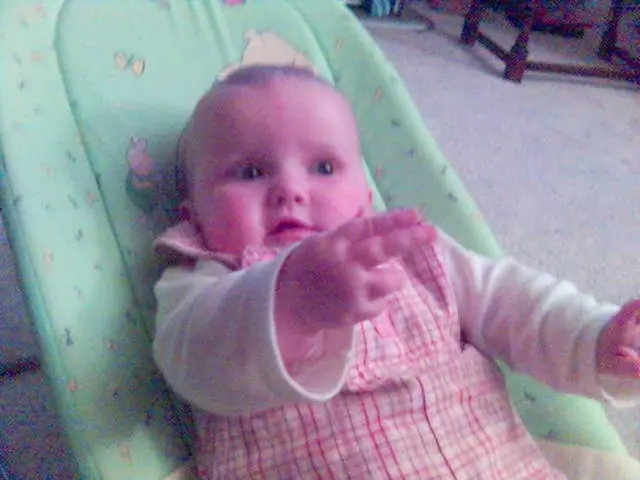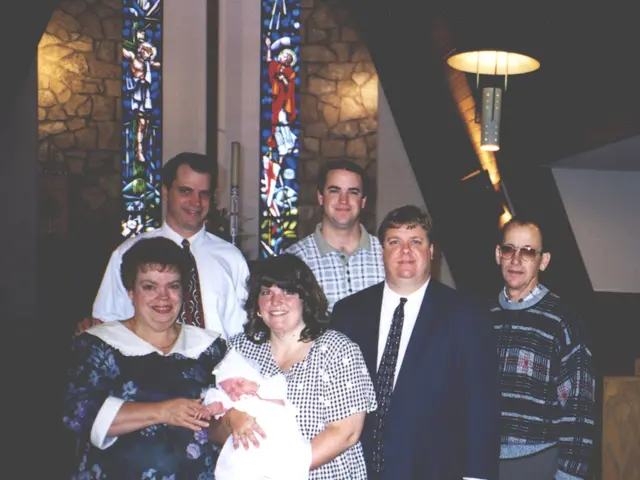Treatment Options for Obsessive-Compulsive Disorder: Therapy, Meds, and Additional Strategies
In the realm of mental health, Obsessive-Compulsive Disorder (OCD) continues to pose a significant challenge. This condition, affecting both children and adults, is characterised by recurring thoughts or images (obsessions) and compulsive actions that feel impossible to resist.
OCD symptoms in children can manifest in various ways, such as contamination fears, perfectionism, harmful thoughts, unwanted sexual thoughts, and concerns about morality or religion. A sudden onset of OCD symptoms in children might be linked to an infection, particularly strep throat, and is known as Pediatric Autoimmune Neuropsychiatric Disorder Associated with Streptococcus (PANDAS). Another related condition is Pediatric Acute-Onset Neuropsychiatric Syndrome (PANS), which arises from different infections like the flu virus or mononucleosis.
Traditional treatment options may not work for 40% of people with OCD. However, advancements in treatment methods offer hope. One such development is Deep Transcranial Magnetic Stimulation (dTMS), a variant of Transcranial Magnetic Stimulation (TMS). While TMS stimulates the brain's surface, dTMS penetrates deeper, reaching a larger area.
Medication plays a crucial role in treating OCD, particularly Serotonin Reuptake Inhibitors (SSRIs). The FDA has approved five SSRIs for treating OCD in adults, including Prozac, Paxil, Zoloft, and others. For children, some of these medications are also available.
Psychotherapy, specifically Cognitive Behavioral Therapy (CBT) and Exposure and Response Prevention (ERP) therapy, is the most effective treatment for OCD. ERP therapy, the first-line therapy, guides patients through situations where they confront their most feared obsessions but resist acting out any compulsions. CBT for OCD involves evaluating and modifying mistaken beliefs about intrusive thoughts and reconsidering the necessity of compulsions.
In severe cases, day treatment, a more intensive form of outpatient care, may be necessary. This involves participating in a program for full days and then returning home in the evenings.
Combining therapy and medication is beneficial for about 70% of OCD cases. Some doctors prefer to try therapy alone for children before adding medication, while others may start with medication to lessen a child's anxiety enough to try ERP. In some cases, TMS can lessen anxiety and symptoms enough for people with OCD to try ERP therapy.
Teletherapy sessions, conducted over the internet, have been found to be effective for OCD treatment in children and adolescents and are approved by the American Academy of Child and Adolescent Psychiatry (AACAP).
In Germany, specialized therapists and clinics offering ERP therapy for OCD can be found. Online platforms like NOCD provide access to licensed therapists trained in ERP for OCD, including remotely in Germany.
While Clomipramine, a tricyclic antidepressant, is not an SSRI, it inhibits serotonin reuptake and is sometimes used to treat OCD.
The American Psychiatric Association (APA), International OCD Foundation (IOCDF), and National Institute for Health and Care Excellence (NICE) all recommend this approach for OCD treatment.
In conclusion, while OCD remains a complex condition, advancements in treatment methods offer hope. Whether through medication, psychotherapy, or a combination of both, finding the right approach can significantly improve the lives of those affected by OCD.
Read also:
- Understanding Hemorrhagic Gastroenteritis: Key Facts
- Stopping Osteoporosis Treatment: Timeline Considerations
- Tobacco industry's suggested changes on a legislative modification are disregarded by health journalists
- Expanded Community Health Involvement by CK Birla Hospitals, Jaipur, Maintained Through Consistent Outreach Programs Across Rajasthan





